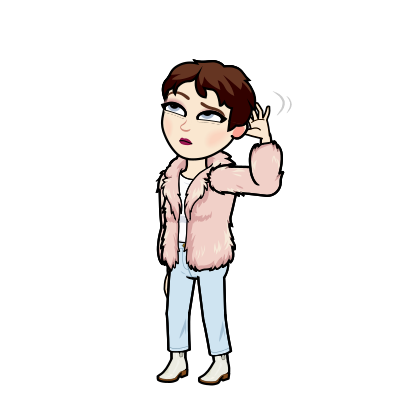How does Visual Literacy fit in with Global Collaboration, Project Based Learning and Flipped Learning?
Visual Literacy plays a huge role in 21st century learning. It is a hugely important skill that both students and adults need to learn. Here is my response to the prompt, "Why is being visually literate important for your students?" from the beginning of this unit with connections to Global Collaboration, PBL, and Flipped Learning:
Our world is becoming more and more image focused- emojis, Snapchat, Instagram are all visual ways in which we communicate with each other. Our kids and students are growing up in this world of quickly sending and receiving images to convey and interpret meaning (Global Collaboration). Many of them are not privy to handwriting letters or taking pictures with 35mm film. As Brian Kennedy of the Hood Museum stated, “Everything is an image.”
Thus, Visual Literacy is important for our us and our students. The Common Core Standards stress the importance of literacy in a variety of modes; we want students (and teachers, alike) to critically think about what they see, hear, and read. With Photoshop (which I adore) and other photo editing software it is easy to alter images to our own preference and convey a meaning that may be different from the original picture.
Our students need to comprehend not only the content of images, but also accuracy of them. Rob Legato’s Ted Talk hit this perfectly. When watching Apollo 13 or Titanic, is important to question and understand that everything being seen may not be authentic experiences. After all, they didn’t resurrect the Titanic to make the movie. This can bring about curiosity in ourselves and our students to wonder “how did they do that?” (Problem Based Learning- using a guiding question to solve a problem.)
Analyzing images means looking beyond the initial view and going deeper; this is reading. Reading of text or reading of images. When we read a text we may know the main idea or theme, but have to use details within the pages to support other underlying themes. Beginning readers are all about visual- they read the pictures before text and eventually use, and are encouraged to use, pictures to identify unknown words when reading. Listen to any emerging reader and they will read a book entirely by looking at the pictures. Images are everything to them. It is important that we all (students and teachers alike) are visually literate to interpret, question, and comprehend the world around us. (Flipped Learning- using and initially interpreting an image before a lesson or having students look for an image that meets the objective.)
That's the kind of classroom I want to teach and the classroom I want my kids to be a part of!
My Final Project- Google Certified Educator Level 1 Infographic
Video Explanation
Infographic


